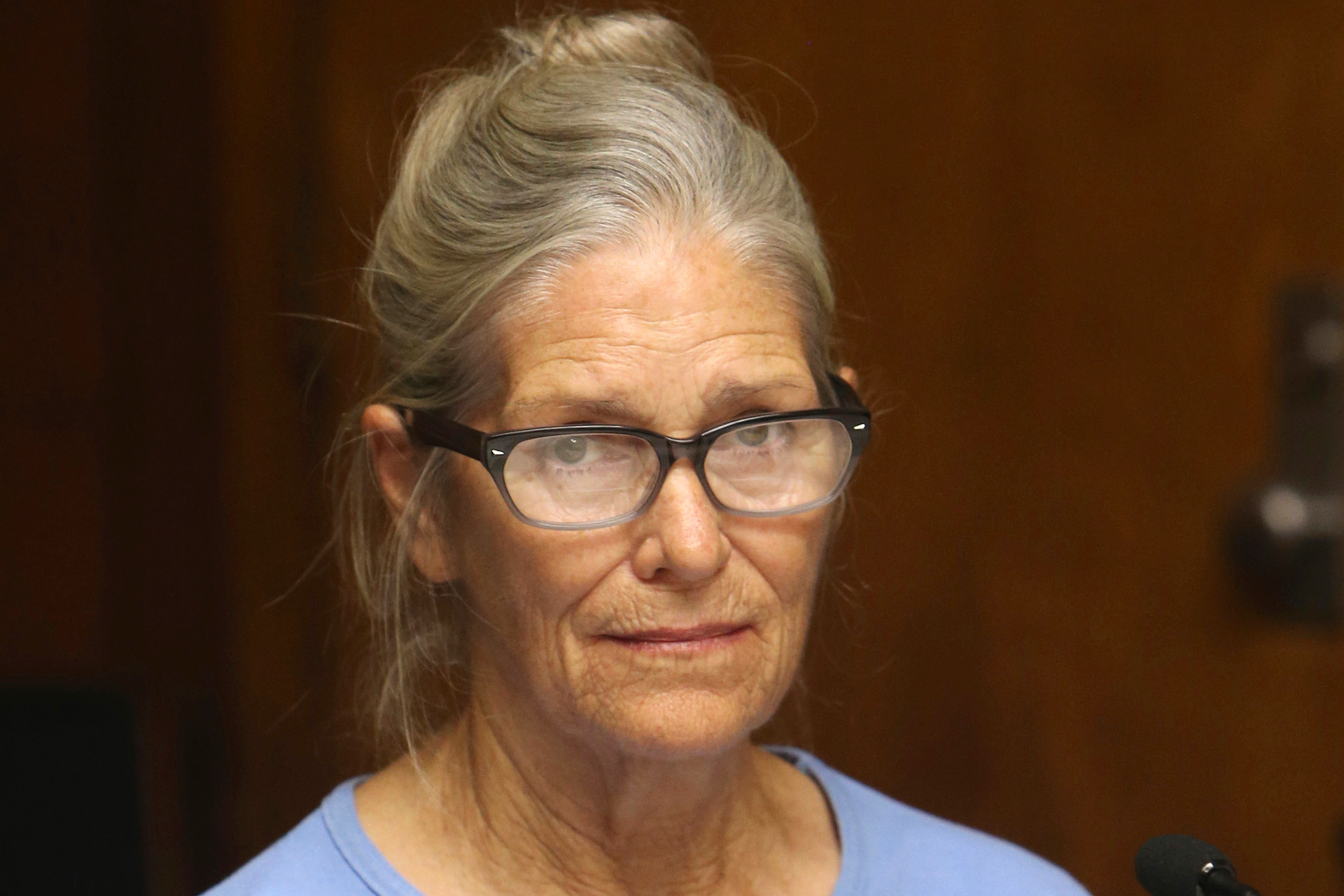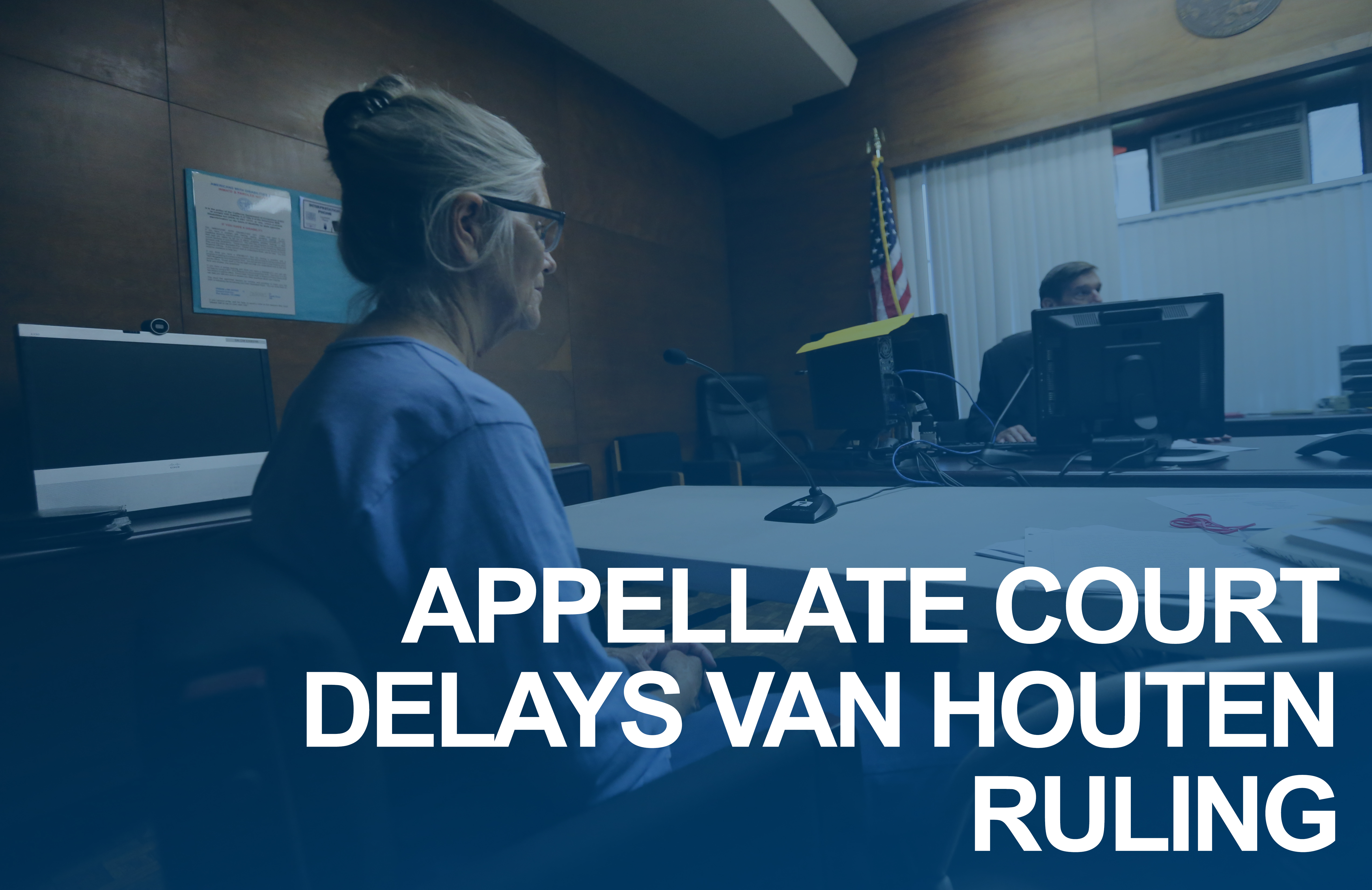Yearly Archives: 2019
Governor Gavin Newsom Reverses Bruce Davis’ Parole Grant
Thursday, November 14th, 2019
GOVERNOR NEWSOM’S RULING ON BRUCE DAVIS’ PAROLE RECOMMENDATION
Nov 14 – Bruce Davis was a member of Charles Manson’s cult known as “the Family,” who lived together at Spahn Ranch in the summer of 1969. In July 1969, Mr. Manson and a group of Family members, including Mr. Davis, discussed ways to raise money to relocate their group to the desert. They identified an acquaintance, Gary Hinman, as a potential source of funds. On July 26, 1969, Mr. Davis dropped off three Family members at Mr. Hinman’s residence. Two days later, the group of three called Mr. Manson from Mr. Hinman’s house and reported that Mr. Hinman was not cooperating. Mr. Manson and Mr. Davis returned to Mr. Hinman’s house. When they arrived, Mr. Hinman had already been struck with a gun; during that struggle, the gun had discharged. Mr. Davis took the gun and pointed it at Mr. Hinman while Mr. Manson sliced Mr. Hinman’s face open with a sword, cutting from his left ear down to his chin. Mr. Davis and Mr. Manson drove off in Mr. Hinman’s vehicle.
The other three Family members remained at Mr. Hinman’s house for two more days while Mr. Hinman lay bleeding. Robert Beausoleil eventually stabbed Mr. Hinman in the chest and smothered him with a pillow, killing him. Inside the home, using Mr. Hinman’s blood, the group wrote the words “political piggy” and drew an animal paw print on the walls. Mr. Hinman’s decomposed body was found on July 31, 1969.
In August of 1969, Mr. Manson expressed his belief that Donald Shea, who worked as a ranch hand at Spahn Ranch, was a police informant and was working with a neighbor to have the Family removed from the ranch. Family members Mr. Manson, Mr. Davis, Steven Grogan, and Charles Watson lured Mr. Shea into a car with them. They drove Mr. Shea to a secluded area and stabbed him multiple times, killing him. Mr. Davis has acknowledged that he used a knife to cut Mr. Shea from his collar bone to his armpit during the attack.
Mr. Davis was arrested in December 1970, after evading capture for more than a year. He was convicted of two counts of first degree murder and conspiracy to commit murder and robbery.
DECISION
I acknowledge Mr. Davis has made efforts to improve himself in prison. He has been disciplined only twice during nearly five decades of incarceration. He earned several educational degrees in prison, including a master’s degree and a doctorate. Mr. Davis has participated in many self-help programs, including Alcoholics Anonymous, Anger Management, and Alternatives to Violence. He has donated to charity and receives positive work ratings from his supervisors. I commend Mr. Davis for taking these positive steps. I also note that Mr. Davis is now 77 years old, and that the psychologist who evaluated him in 2016 concluded that “as he has aged he has shown less criminality and increased prosocial endeavors.” However, these factors are outweighed by negative factors that demonstrate he remains unsuitable for parole at this time.
Mr. Davis was part of one of the most notorious criminal cults in California history. He and his fellow Family members robbed, tortured, and killed many victims in Southern California in 1969. During his time on the ranch, Mr. Davis furthered the Family’s cult objectives – to start a race war and trigger the apocalypse – and participated in these two extremely calculated and violent murders to that end. It is difficult to overstate how impactful these crimes were on the people of California. They left a legacy of terror and pain that continues to haunt the state today.
In addition to the horror of these crimes, there is additional evidence that Mr. Davis should not be released from prison. I do not believe that he has demonstrated adequate insight into his willingness to engage in such extreme violence. At his 2019 parole hearing, Mr. Davis explained that he was initially drawn to the culture of “sex, drugs, and rock and roll” that surrounded Mr. Manson. He left California for about a year, then returned to Spahn Ranch and found that “[t]he whole scene had changed” and the discussions there had turned to race wars, riots, and disrupting society. Mr. Davis claimed that he did not believe that Mr. Manson sincerely held those beliefs, and that the first time he saw the Family’s vision being fulfilled was the torture and murder of Mr. Hinman. Mr. Davis acknowledged helping plan the attack on Mr. Hinman, and continuing to associate with Mr. Manson and the Family after learning of Mr. Hinman’s death. He also admitted that he stayed with the group even after finding out about the heinous Tate-LaBianca murders, during which five more people were killed by the Family. Mr. Davis told the Board, “[A]s long as I felt like Manson was my friend and that I was having affection from girls, and I could get loaded when I felt like it, nothing else really mattered.” He explained that he lacked empathy and simply did not care about the Family’s activities and ideology since his own “psychological” and “emotional needs” were being met. Mr. Davis acknowledged that he willingly participated in the attack on Mr. Shea, and that he knew in advance that Mr. Shea would be killed. He admitted cutting Mr. Shea, and said that “when it really came down, I didn’t care…if Mr. Shea had been alive or dead didn’t make any difference to me.”
None of Mr. Davis’s statements at his 2019 hearing indicate that he has a comprehensive understanding of how he came to participate in such extreme violence. As a result, I do not believe that he has the current insight and skills to abstain from violent situations in the future if released. A lack of empathy and a desire for drugs do little to account for Mr. Davis’s repeated and deliberate decisions to remain by Mr. Manson’s side, furthering the cult’s warped goals and actively engaging in violence. He has not sufficiently explained why he was so indifferent to the suffering and deaths of the victims of the Family, even as the cult’s body count continued to rise. Mr. Davis had ample opportunities to alert the authorities, personally intervene to stop these crimes, or even to just walk away. Instead, he escalated his own violent participation and deepened his connection to Mr. Manson, all in pursuit of his own “little personal gratification.” Until Mr. Davis can adequately explain the internal characteristics and decision-making that led him to these extreme actions, I do not believe he can be safely released.
CONCLUSION
I have considered the evidence in the record that is relevant to whether Mr. Davis is currently dangerous. When considered as a whole, I find the evidence shows that he currently poses an unreasonable danger to society if released from prison at this time. Therefore, I reverse the decision to parole Mr. Davis.
Decision Date:
November 14, 2019
GAVIN NEWSOM
Governor, State of California
2-to-1 Vote Upholds 2017 Van Houten Reversal
Friday, September 20th, 2019
Sept. 20 – In a 2-to-1 vote, California’s 2nd District Court of Appeal upheld Jerry Brown’s reversal of Leslie Van Houten’s 2017 parole grant.
Newsom’s Reversal of Van Houten Parole Grant to be Reviewed
Friday, September 20th, 2019
Sept 19 – Governor Gavin Newsom’s reversal of Leslie Van Houten’s most recent parole recommendation will be reviewed by the Los Angeles County Superior Court.
Van Houten received her third parole recommendation from the California Board of Parole Hearings in January. The decision was reversed by Newsom in June, prompting Van Houten’s attorney Richard Pfeiffer to file a petition asking the Superior Court to rule that Van Houten would not be an unreasonable risk if placed on parole.
Last week, Judge William Ryan ordered the Attorney General to show cause as to why Van Houten’s petition should not be granted. The Attorney General will have until October 11th to file a return opposing the petition.
Van Houten is still waiting on California’s 2nd District Court of Appeal to make a ruling on Jerry Brown’s reversal of her 2017 parole recommendation. That decision is due sometime next month.
Appellate Court Delays Van Houten Ruling
Tuesday, July 9th, 2019
Jul. 9 – The appellate court panel that is reviewing Leslie Van Houten’s writ of Habeas Corpus challenging Jerry Brown’s reversal of her September 2017 parole recommendation, today gave themselves 90 more days to publish an opinion.
The panel heard oral arguments in April and were due to rule at the end of the month. However, today, Presiding Justice Frances Rothschild ordered “that submission of the above-entitled matter on April 29, 2019 is vacated due to another member of the panel becoming the lead author. The matter stands resubmitted as of this date.”
The panel will now have until October to rule on the matter.
Bruce Davis Granted Parole for Sixth Time
Friday, June 28th, 2019
Jun. 28 – Bruce Davis was found suitable for parole at his 32nd parole hearing, held today at the California Men’s Colony in San Luis Obispo.
The parole board’s decision will undergo a 120-day review, after which Governor Gavin Newsom will have 30 days to reverse, modify, affirm or decline to review the decision.
Davis, 76, serving a life term for his role in the 1969 murders of Gary Hinman and Donald “Shorty” Shea, has previously been recommended for parole in the past five consecutive hearings, but has seen all five of those recommendations reversed by the Governor’s office during the executive review process.
Governor Newsom will have until November 25th to weigh in on the decision.
 Bruce Davis was a member of Charles Manson’s cult known as “the Family,” who lived together at Spahn Ranch in the summer of 1969. In July 1969, Mr. Manson and a group of Family members, including Mr. Davis, discussed ways to raise money to relocate their group to the desert. They identified an acquaintance, Gary Hinman, as a potential source of funds. On July 26, 1969, Mr. Davis dropped off three Family members at Mr. Hinman’s residence. Two days later, the group of three called Mr. Manson from Mr. Hinman’s house and reported that Mr. Hinman was not cooperating. Mr. Manson and Mr. Davis returned to Mr. Hinman’s house. When they arrived, Mr. Hinman had already been struck with a gun; during that struggle, the gun had discharged. Mr. Davis took the gun and pointed it at Mr. Hinman while Mr. Manson sliced Mr. Hinman’s face open with a sword, cutting from his left ear down to his chin. Mr. Davis and Mr. Manson drove off in Mr. Hinman’s vehicle.
Bruce Davis was a member of Charles Manson’s cult known as “the Family,” who lived together at Spahn Ranch in the summer of 1969. In July 1969, Mr. Manson and a group of Family members, including Mr. Davis, discussed ways to raise money to relocate their group to the desert. They identified an acquaintance, Gary Hinman, as a potential source of funds. On July 26, 1969, Mr. Davis dropped off three Family members at Mr. Hinman’s residence. Two days later, the group of three called Mr. Manson from Mr. Hinman’s house and reported that Mr. Hinman was not cooperating. Mr. Manson and Mr. Davis returned to Mr. Hinman’s house. When they arrived, Mr. Hinman had already been struck with a gun; during that struggle, the gun had discharged. Mr. Davis took the gun and pointed it at Mr. Hinman while Mr. Manson sliced Mr. Hinman’s face open with a sword, cutting from his left ear down to his chin. Mr. Davis and Mr. Manson drove off in Mr. Hinman’s vehicle. Sept 19 – Governor Gavin Newsom’s reversal of Leslie Van Houten’s most recent parole recommendation will be reviewed by the Los Angeles County Superior Court.
Sept 19 – Governor Gavin Newsom’s reversal of Leslie Van Houten’s most recent parole recommendation will be reviewed by the Los Angeles County Superior Court.
